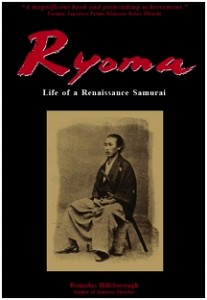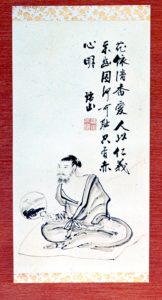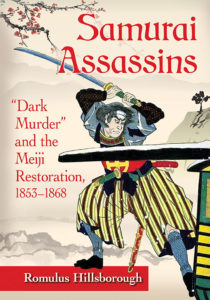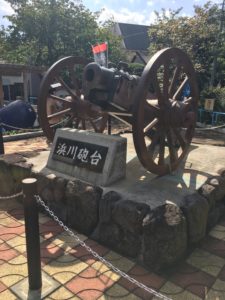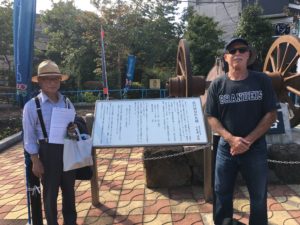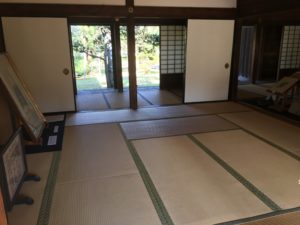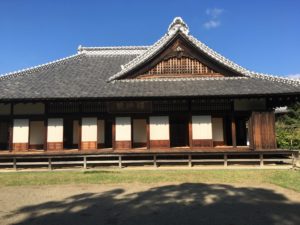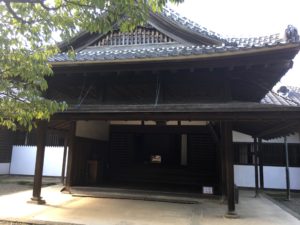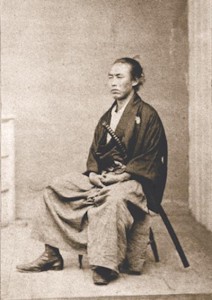
Wanted: International film professionals and investors with vision to produce a film about “Renaissance Samurai” Sakamoto Ryoma for worldwide audience
Meiji Restoration hero Sakamoto Ryoma is a national icon in Japan. When I “discovered” Ryoma over thirty years ago, I was so enthralled (I repeat “enthralled”) by his personality and history that I thought that people all over the world should know about him. Which was why I wrote Ryoma: Life of a Renaissance Samurai, the only English-language novel about this fascinating man.
While researching and writing the book, I often felt that Ryoma’s story would make for a great Hollywood film. And during the twenty years since the book was published, many people have expressed similar thoughts. I am not in the film industry; but I have been advised by industry experts that this could not happen without the support of a major Hollywood producer or director – and of course sponsors.
In this final installment of my series on the 150th Anniversary of the Meiji Restoration, I reach out to all “Ryoma fans” for their ideas to make this dream a reality.
Think big! Create! Persevere!
